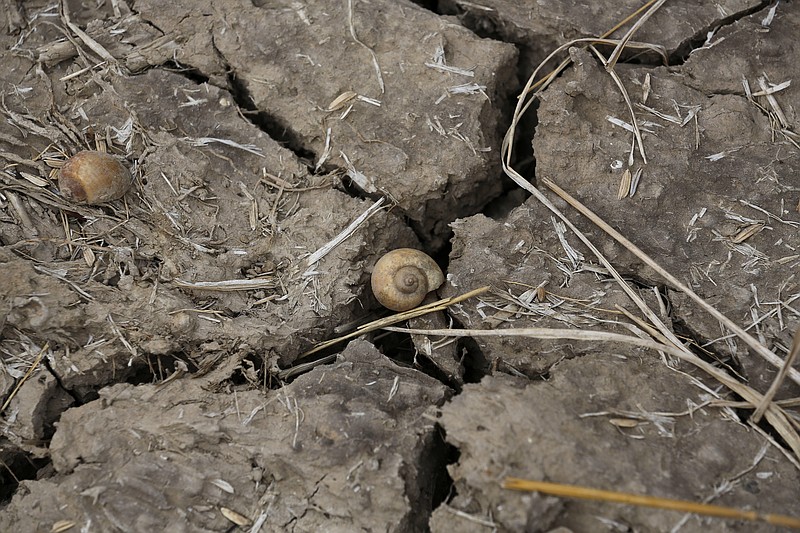It isn't just our world's political landscape that is heating up.
May 2016 marked the warmest May on record for our ever-shrinking globe. Further, May 2016 was the 13th consecutive warmest month on record, according to the National Oceanic and Atmospheric Administration. What's more, May was just the latest consecutive month of record heat in a year that's already on track to become the next hottest year on record - in a string of the 19 hottest years on record that have all occurred in the past 20 years.
This year's May also continues a string of 370 consecutive months - just over 30 years - at or warmer than average, according to NASA's Goddard Institute for Space Studies. Just for context, the last colder-than-average month in NASA's database was July 1985.
And to put a cherry on top of our melting glaciers, the three warmest Mays ever recorded have all now occurred in the last three years.
If climate change is a hoax, as many of the politicians in the Republican Party claim, someone should check to see if the elemental characteristics of mercury have changed.
With wildfires raging in the west and people dying in the monster heat wave gripping Arizona and Southern California, this is what the start of real - very real - climate change looks like. And it poses deadly and dangerous consequences for our health and our communities.
It won't just play out in heat and fires. It also will raise its ugly face in stronger storms, drenching rains and floods.
It also will play out in droughts like the one beginning to grip our region right now. The U.S. Drought Monitor plots the region around the border juncture of Tennessee, Georgia and Alabama in the bullseye of "severe drought."
Chattanooga's year-to-date rainfall, as of midnight Tuesday, tallied only 18.32 inches - 7.26 inches below our normal year-to-date of 25.58 inches, according to meteorologist Mary Black with the National Weather Service in Morristown, Tenn.
Taken together, these increasingly wild weather swings affect our crops, our wildlife, our taxes and our livelihoods
Climate change is driven by the thickening band of carbon pollution encircling our planet.
The carbon dioxide concentration just hit 400 parts per million at the South Pole - the last place on Earth to reach that global warming milestone and an area where CO2 levels haven't been as high in 400 million years, according to a new report from the NOAA.
The only way we can hope to combat climate change is to cut carbon pollution that's warming our planet, and replace dirty energy sources with clean, renewable energy.
The Obama administration has moved to do that under a Climate Action Plan that includes raising vehicle fuel efficiency standards so cars and trucks drive using less fuel; proposing new limits for new oil and gas facilities that emit methane pollution; and finalizing the Clean Power Plan, which, while temporarily on hold for the courts to consider its merits, will reduce carbon pollution 32 percent by 2030.
The courts also just put a hold on an Obama administration set of rules for fracking in national parks and other federal land. Meanwhile, many in our Republican majority Congress have moved to obstruct other real actions aimed at slowing climate change. They claim it will cost too much and kill businesses and jobs.
These naysayers need to ask themselves what rising temperatures, rising seas and greater likelihoods of extreme weather will cost taxpayers, governments and families.
Climate action measures must be continued, and expanded - at the federal, state and local level. And soon. These actions should have taken place yesterday, not tomorrow or next month or next decade.
Read the thermometers.
We are running out of valuable time.
